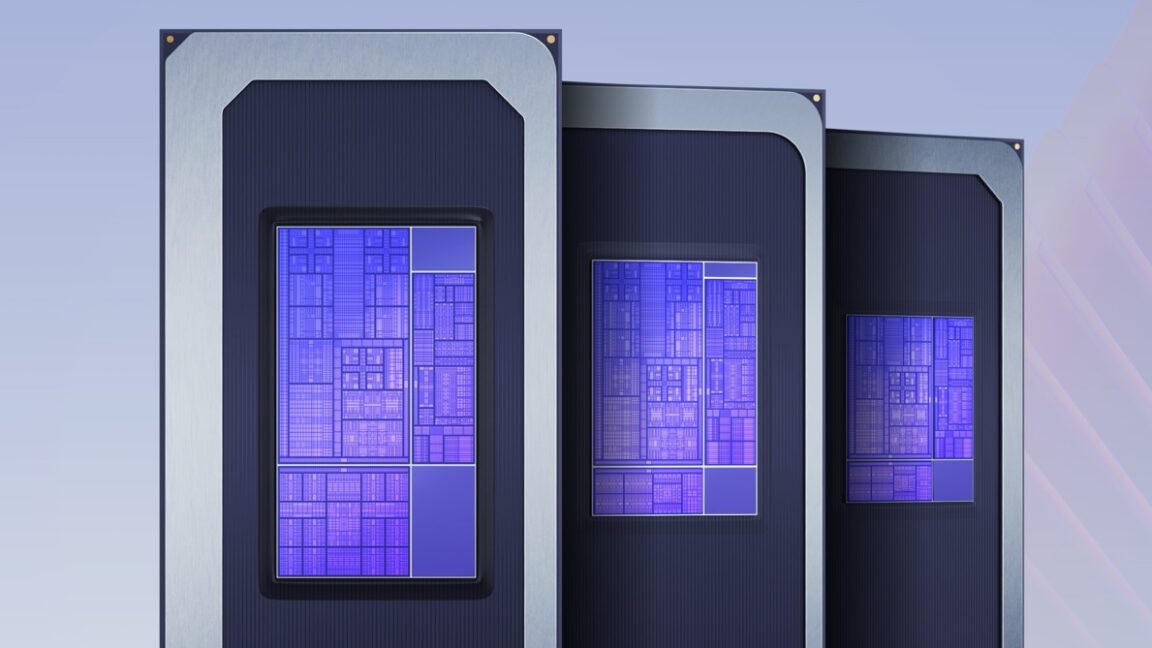
"Intel's first Core Ultra chips, codenamed Meteor Lake, were introduced two years ago. There were three big changes that separated these from the 14th-generation Core CPUs and their predecessors: They were constructed of multiple silicon tiles, fused together into one with Intel's Foveros packaging technologies; some of those tiles were manufactured by TSMC rather than Intel; and they added a neural processing unit (NPU) that could be used for on-device machine learning and generative AI applications."
"The most interesting models, codenamed Lunar Lake (aka Core Ultra 200V), integrated the system RAM on the CPU package, which improved performance and power consumption while making them more expensive to buy and complicated to manufacture. These chips included Intel's most up-to-date Arc GPU architecture, codenamed Battlemage, plus an NPU that met the performance requirements for Microsoft's Copilot+ PC initiative."
"But Core Ultra 200V chips were mostly used in high-end thin-and-light laptops. Lower-cost and higher-performance laptops got the other kind of Core Ultra 200 chip, codenamed Arrow Lake, which was a mishmash of old and new. The CPU cores used the same architecture as Lunar Lake, and there were usually more of them. But the GPU architecture was older and slower, and the NPU didn't meet the requirements for Copilot+. If Lunar Lake was all-new, Arrow Lake was mostly an"
Intel plans systems with its next-generation chips to ship by year-end, with broader midrange and high-end lineups expected at CES. Meteor Lake introduced multi-tile Foveros packaging, third-party TSMC tile manufacturing, and an on-package neural processing unit (NPU) for on-device ML and generative AI. Second-generation Core Ultra continued those innovations but split capabilities across different 200-series SKUs. Lunar Lake (Core Ultra 200V) integrates system RAM on-package, improving performance and power but increasing cost and manufacturing complexity, and includes the Battlemage Arc GPU and a Copilot+-capable NPU. Arrow Lake targets other laptop segments with more CPU cores but older GPU and lesser NPU performance.
Read at Ars Technica
Unable to calculate read time
Collection
[
|
...
]